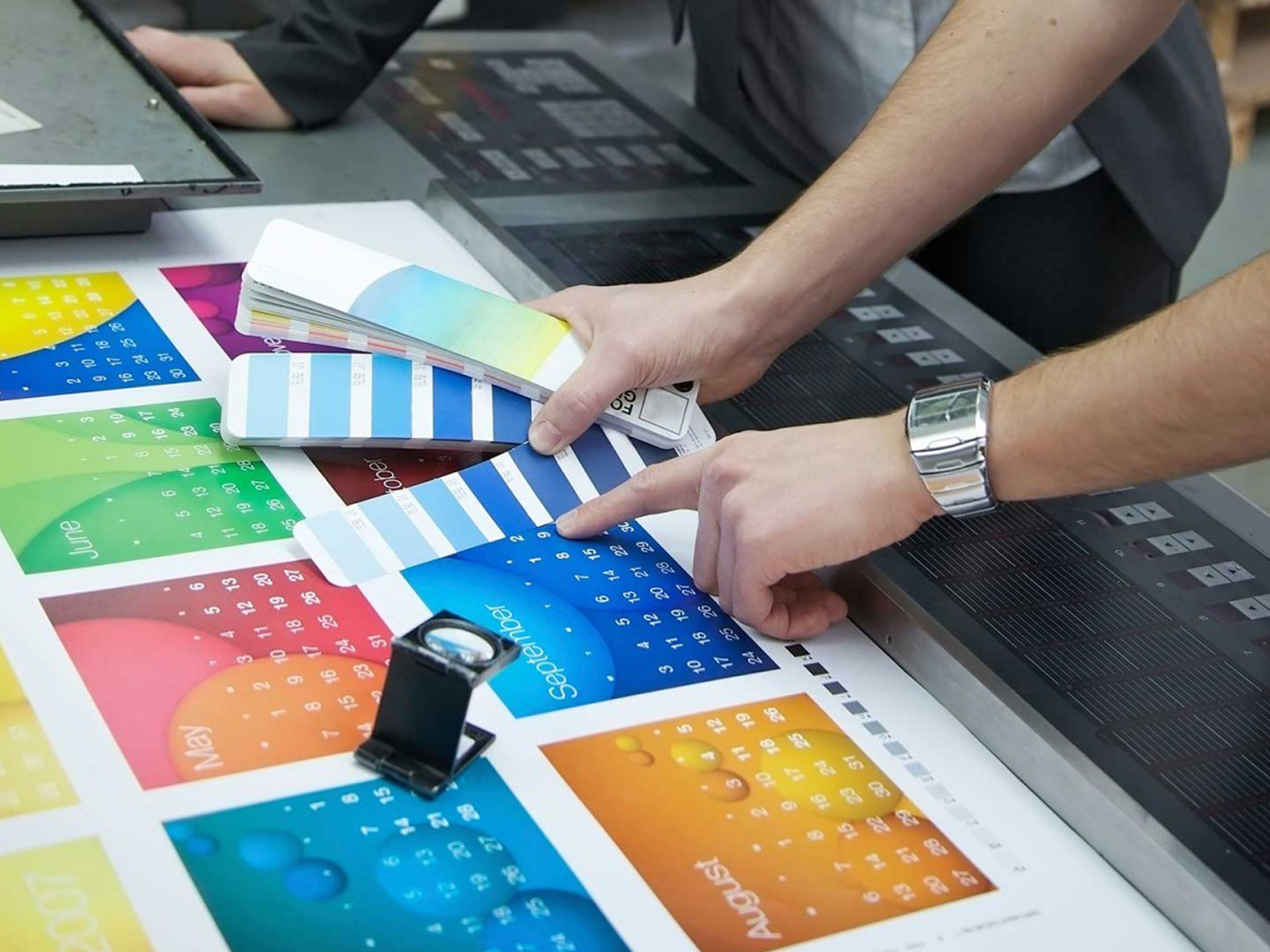
Unveiling the Art of Offset Printing: A Comprehensive Introduction
Introduction:
In a world increasingly dominated by digital media, the artistry and precision of traditional printing methods often go overlooked. Among these methods, offset printing stands out as a cornerstone of the printing industry, renowned for its versatility, quality, and cost-effectiveness. In this blog post, we’ll delve into the fascinating world of offset printing, exploring its history, process, applications, and enduring relevance in today’s modern printing landscape.
A Brief History of Offset Printing:
Offset printing traces its origins back to the late 19th century, when it emerged as a revolutionary advancement in printing technology. Developed as an alternative to the cumbersome and time-consuming letterpress method, offset printing introduced a more efficient and flexible approach to mass-producing printed materials. Over the decades, offset printing has undergone continuous refinement and innovation, evolving into the sophisticated printing process we know today.
Understanding the Offset Printing Process:
At its core, offset printing relies on the principle of lithography, a method of printing based on the immiscibility of oil and water. Here’s an overview of the offset printing process:
- Image Creation: The printing plate, typically made of aluminum, is prepared with the desired image or artwork using a photosensitive emulsion.
- Plate Preparation: The plate is then mounted onto the printing press cylinder and treated with a fountain solution, which attracts water and repels ink.
- Ink Application: Ink is applied to the plate, adhering only to the image areas due to the repulsion of water.
- Offset Transfer: The image is transferred from the plate to a rubber blanket cylinder, then to the printing surface (usually paper), creating a precise, high-quality print.
- Finishing: After printing, the printed materials may undergo additional processes such as cutting, folding, binding, or coating to achieve the desired final product.
Advantages of Offset Printing:
Offset printing offers numerous advantages that have cemented its status as the preferred choice for high-volume commercial printing projects. Some key benefits include:
- Superior Quality: Offset printing produces sharp, vibrant prints with excellent color accuracy and image detail, making it ideal for producing high-quality marketing materials, publications, and packaging.
- Cost-Effectiveness: With its ability to handle large print runs efficiently, offset printing offers cost savings per unit compared to digital printing for bulk orders.
- Versatility: Offset printing accommodates a wide range of paper types, sizes, and thicknesses, as well as various finishing options such as coatings, varnishes, and embossing.
- Consistency: Offset printing delivers consistent results across multiple copies, ensuring uniformity in color, registration, and print quality throughout the print run.
- Environmentally Friendly: Offset printing utilizes eco-friendly soy-based inks and produces minimal waste, making it a sustainable choice for environmentally conscious businesses.
Applications of Offset Printing:
Offset printing is widely used in various industries for producing a diverse range of printed materials, including:
- Magazines, catalogs, and brochures
- Business cards, letterheads, and stationery
- Packaging materials, labels, and folding cartons
- Posters, flyers, and promotional materials
Conclusion:
Offset printing remains a cornerstone of the printing industry, valued for its exceptional quality, versatility, and cost-effectiveness. As technology continues to advance, offset printing continues to evolve and adapt, remaining a timeless and indispensable tool for bringing ideas and designs to life on the printed page. Whether you’re a business seeking to create impactful marketing materials or a publisher producing stunning magazines, offset printing offers the precision, reliability, and quality you need to make a lasting impression.
